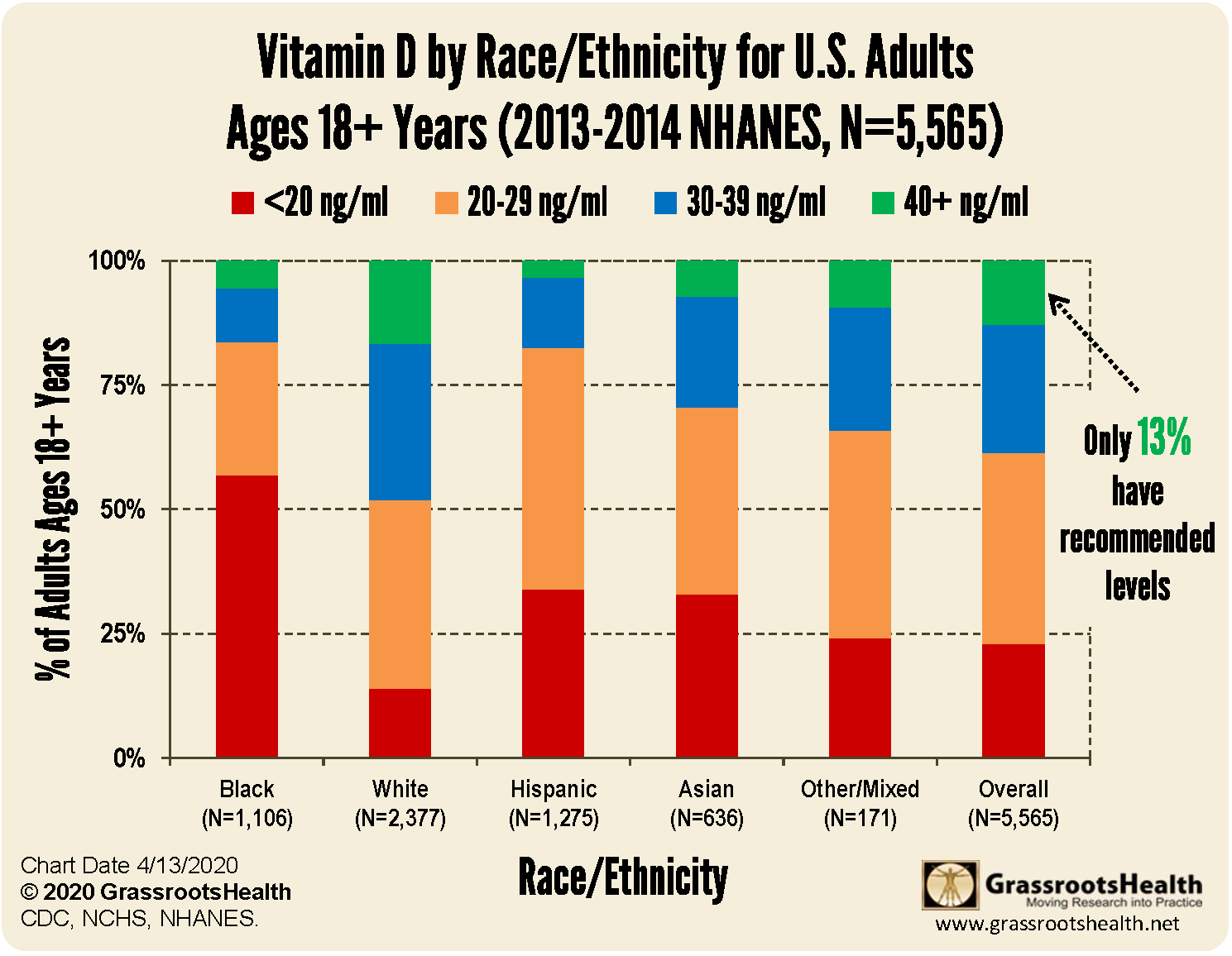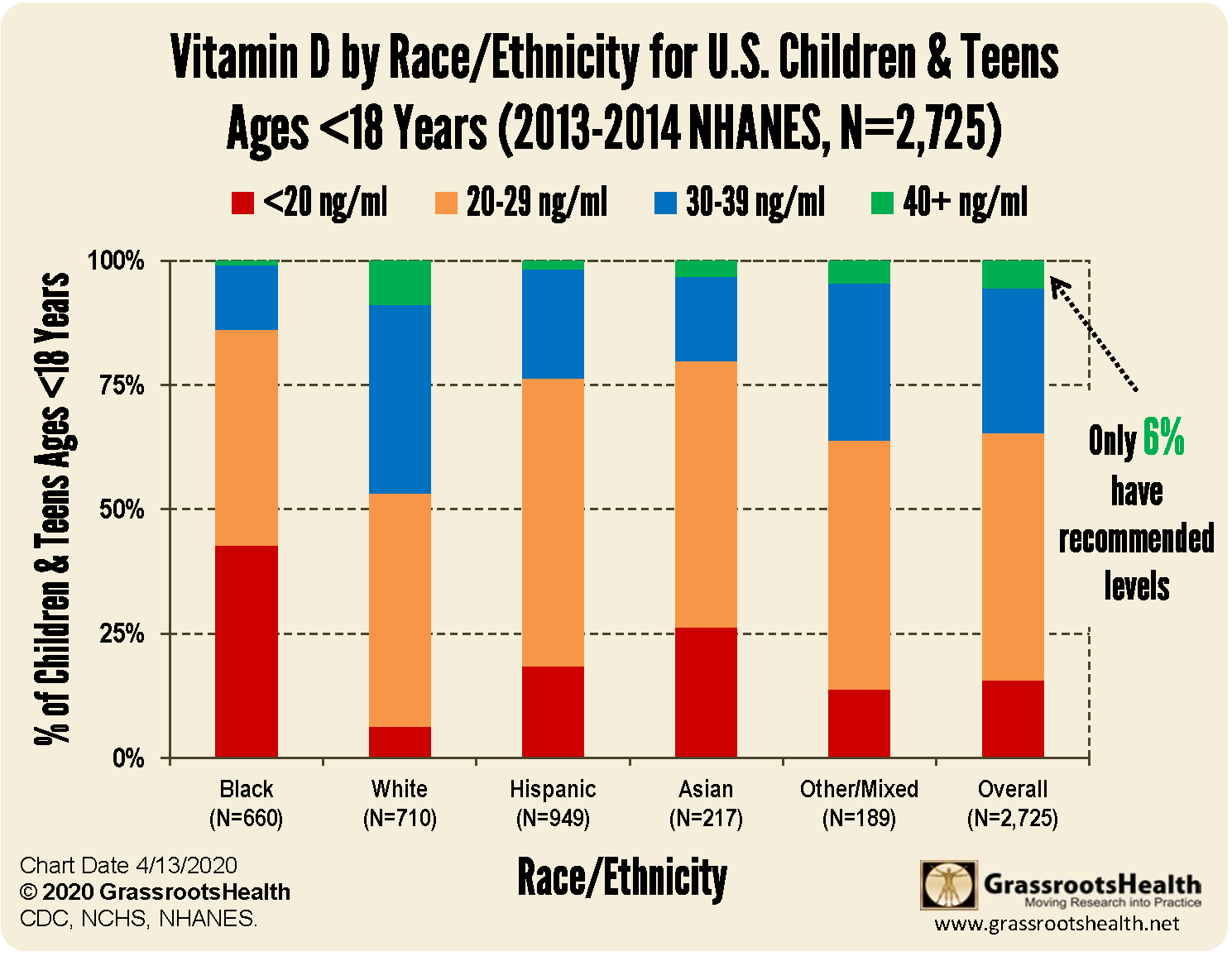Published on April 16, 2020
There is a branch of the National Institutes of Health, the medical research agency of the United States, called the National Institute on Minority Health and Health Disparities (NIMHD) whose charter is to lead research associated with improving minority heath and reducing health disparities. Their goals are to raise awareness about and lessen the impact of the unequal burden of illness on minority, rural and poor populations. Actual numbers may differ, but health care and government leaders agree that health disparity creates a huge, unnecessary health care cost. This 2011 paper estimates that the added expenses from health disparity creates an extra $57.5 billion per year in direct medical care expenses and $250 billion from illness or premature death.
 Eliminating disparity in cancer is one of the American Cancer Society’s (ACS) overarching goals according to ACS Facts & Figures 2020. ACS shows breast cancer incidence among non-Hispanic whites and blacks to be similar, but blacks have approximately 1.4 times the death rate. A black man is approximately 1.8 times more likely than a non-Hispanic white to have prostate cancer, with over 2 times the death rate. Pages 52 to 55 of this document address disparity, with an emphasis on socioeconomic status, and identifying problems with early detection, access to health care, and access to treatment. They cite poverty as one of the biggest factors for racial and ethnic disparities in cancer, with 21% of blacks and 18% of Hispanics living below the poverty level, as compared to 8% of non-Hispanic whites.
Eliminating disparity in cancer is one of the American Cancer Society’s (ACS) overarching goals according to ACS Facts & Figures 2020. ACS shows breast cancer incidence among non-Hispanic whites and blacks to be similar, but blacks have approximately 1.4 times the death rate. A black man is approximately 1.8 times more likely than a non-Hispanic white to have prostate cancer, with over 2 times the death rate. Pages 52 to 55 of this document address disparity, with an emphasis on socioeconomic status, and identifying problems with early detection, access to health care, and access to treatment. They cite poverty as one of the biggest factors for racial and ethnic disparities in cancer, with 21% of blacks and 18% of Hispanics living below the poverty level, as compared to 8% of non-Hispanic whites.
What is another major cause of disparity?
What else is more prevalent in blacks and Hispanics than non-Hispanic whites? Vitamin D Deficiency
Blacks are the most deficient in vitamin D
The National Health and Nutrition Examination Survey (NHANES) measures and analyzes vitamin D levels in the US over many years. Here is data from 2013-2014. The charts very clearly show the higher rates of vitamin D deficiency among blacks compared to all other ethnicities.
Children in the US are less likely than adults to have levels below 20 ng/ml, but also less likely to have levels in the recommended range of 40 – 60 ng/ml.
Here are just a few conditions and their prevalence or incidence by race. Incidence is the number of cases per year. Prevalence is how much of the population is living with the disease.
| Black | Hispanic | White | Source | |
| Average Vitamin D Level | 20 ng/ml (50 nmol/L) |
23 ng/ml (57 nmol/L) |
30 ng/ml (75 nmol/L) |
NHANES 2013-2014 |
| Pre-term Birth Incidence | 13.6% | 9.4% | 9.0% | March of Dimes 2019 |
| All-cancer Incidence (Men) | .50% | .35% | .47% | Centers for Disease Control |
| All-cancer Incidence (Women) | .39% | .33% | .42% | Centers for Disease Control |
| Diabetes Prevalence | 11.7% | 12.5% | 7.5% | American Diabetes Association |
In a study of colorectal cancer patients where vitamin D level was measured at diagnosis, black participants had a much lower vitamin D serum level than whites – with a median of 10.7 ng/ml as compared to 21.1 ng/ml. According to Grant and Peiris, 13 types of cancer seem to be very affected by race – even after considering socioeconomic status and access to healthcare: bladder, breast, colon, endometrial, lung, ovarian, pancreatic, prostate, rectal, testicular, and vaginal cancer; Hodgkin lymphoma and melanoma.
Disparities Beyond Cancer and Chronic Disease – GrassrootsHealth Research
Stay tuned for our next post on research published by GrassrootsHealth, which demonstrated how correcting vitamin D deficiency among black women virtually eliminated the difference in a specific health outcome between black and white women.
Are You Taking a Chance with Vitamin D Deficiency?
Do you know what your vitamin D level is? Be sure to test today to find out, and take steps to keep it within a target of 40-60 ng/ml or 100-150 nmol/L! Give your body the nutrients it needs to support a healthy you.
Through GrassrootsHealth Nutrient Research Institute, you can also test your essential elements magnesium, copper, zinc and selenium, toxins such as lead, mercury and cadmium, as well as your omega-3 levels, inflammation levels and thyroid stimulating hormone (TSH) level. Find out your levels today! Log on to the test selection page (click the link below) to get your tests and see for yourself if your levels can be improved.
Make sure you track your results before and after, about every 6 months!
Click Here to Access the Test Page
How can I track my nutrient intake and levels over time?
To help you track your supplement use and nutrient levels, GrassrootsHealth has created the Personal Health Nutrient Decision System called
For each specific supplement, you can track what days you take it, how much, and many other details. This will help you know your true supplemental intake and what patterns of use work for you to reach and maintain optimum nutrient levels. Check it out today!










